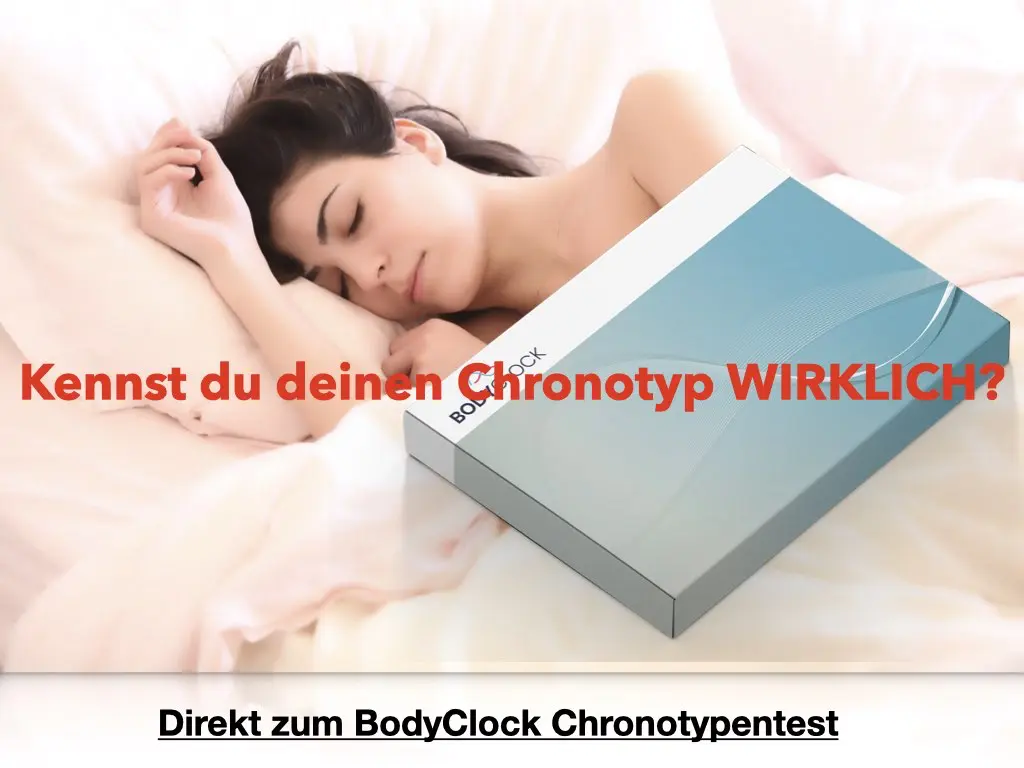The 4 sleep types - which one is yours? Sleep types in our society 4 sleep types ... no, I'm not talking about chronotypes, i.e.…
Sleep headphones – solution or problem?
Sleep is a very complex topic, as is the body as a whole. This complexity overwhelms many people. This is one reason why the pharmaceutical industry, but also app developers, gadgets and other devices are booming. Because… they promise quick solutions to a complex problem in a complex system.
The text could end here, if it were true, because as a rule, the causes are not addressed at all, but only symptoms are eliminated, combated or even just “covered with make-up”. But it gets even worse when the solution to one problem becomes the cause of a new problem. We know this under the term “side effects”. These are often downplayed or connoted as “acceptable” because the main problem has just been “solved”. This is also the case for me when it comes to sleep disorders. “Side effects” doesn’t sound very worrisome, but any side effect is a signal from the body that something is wrong.
Sleep Headphones - Digital Sleep Masks
In principle, sleep masks are a useful remedy, especially when it becomes difficult to fall asleep due to light pollution. (Certain) music can also help you fall asleep, which has been scientifically proven. At first glance, it may make sense to combine both in one device. However, 1+1 does not add up to 2 at all, especially if something is added that shouldn’t be there.
In this context, a gadget fell into my virtual hands today that falls exactly into this category, the sleep headphones or the digital sleep mask. LC-dolida, Perytong, Ink-Point, Musicozy, Goojodoq and more. At their core, they are similar.

It’s about three things that I chalk up to a pair of sleep headphones:
Pressure marks:
The digital Bluetooth device and the earphones, which are incorporated into pockets in the headband, are small, but they still stand out. Especially the device on the forehead offers locally increased pressure load. This may not be so relevant for a short duration, but if it is set permanently for 8 hours per night, it may even lead to headaches. In addition, if the band slips at night, various areas can be affected. I’m sure you know the princess and the pea…
Built-in microphone for calls:
Now, some may find this interesting for the power nap, but it creates a situation that contradicts exactly what we call “sleep hygiene”. I can only answer calls when my smartphone is NOT in airplane mode. However, part of sleep hygiene is not to have the smartphone in the bedroom or near the sleeping place in an operational state. The unanimous tenor of sleep researchers and chronobiologists is: At least flight mode when sleeping. With this strange feature, I think the manufacturers want to attract those who want or need to be available 24/7. Sure, this expands the target group, but it causes a disservice to the user when it comes to healthy sleep by supporting their potential inconsistency.
Bluetooth:
Yes, I know – Most people google “Bluetooth and sleep” and first get the info that Bluetooth is not harmful. Bluetooth headphones have only been around since 2009 and therefore there are no large-scale long-term studies on them to date. The Federal Office for Radiation Protection is also cautious in its information sheet. Quote:
„Overall, the trend towards portable and mobile radio applications leads to more situations in which one is exposed to high-frequency electromagnetic fields. The Federal Office for Radiation Protection (BfS) generally recommends minimising these in order to minimise possible health risks that have not yet been identified….. Prefer wired connections if wireless technology is not possible.“
It’s like alcohol. “A red wine in the evening is not harmful,” one can often read. Together with the red wine in the morning, at noon, the cooking beer and the digestive schnapps, however, it looks different.
So if you already have Bluetooth constantly on your ear during the day, you should think carefully about whether you should also do it at night.
Conclusion on sleep headphones
Digitalization causes sleep problems per se and is now trying to remedy them through digitalization. These digital sleep masks or sleep headphones are a classic example of how a solution can become a problem. The head is a highly sensitive part of the body that we treat far too insensitively. Of course, most product reviews of sleep headphones do not address health, as they earn money with them. But sleep problems can definitely be solved better than with sleep headphones. And what possible long-term consequences have.. they can be used for a long time… until they show up. There are plenty of examples where health compatibility (also a nice word) was initially proclaimed, but then had to row back after years.
Insights come with time.
Titlephoto from Oladimeji Ajegbile: https://www.pexels.com/de-de/foto/laptop-kopfhorer-schlafen-aufsicht-6749963/
To the topic matching articles
- New: 4 sleep types - which one is yours?
- Sleep problems - A fatal side effect of digitalization?
Sleep problems - A fatal side effect of digitalization? "Sleep problems can be triggered by occupational and private stress as well as, in women, menopause."This…
